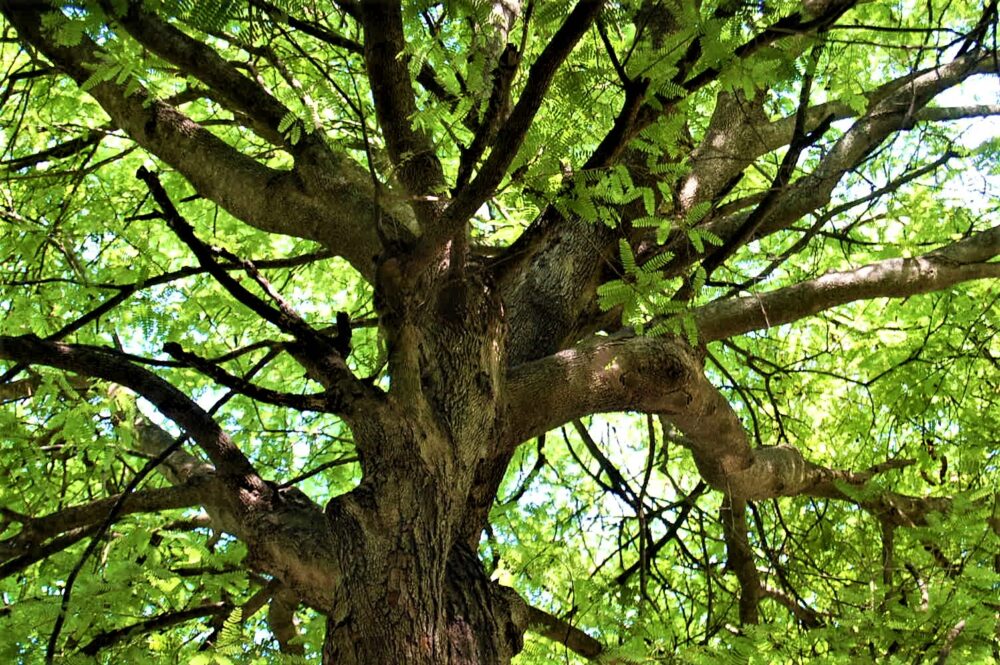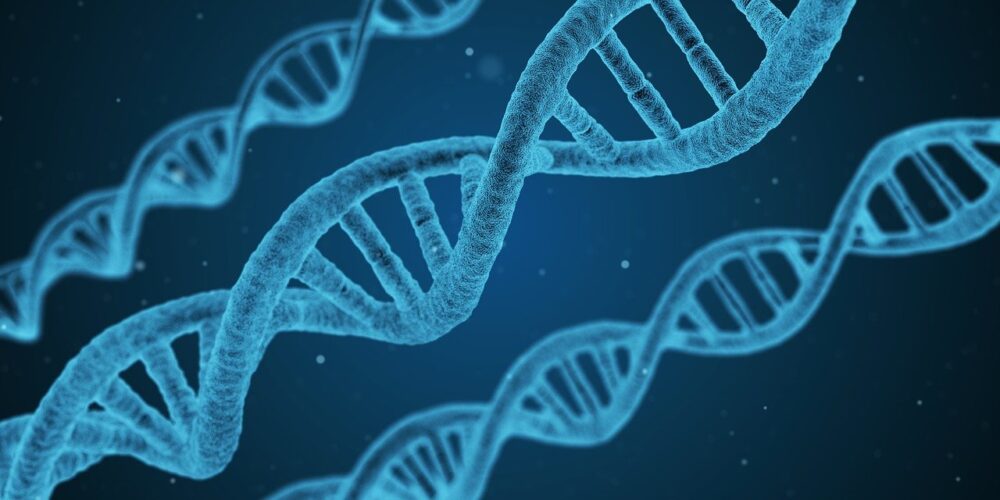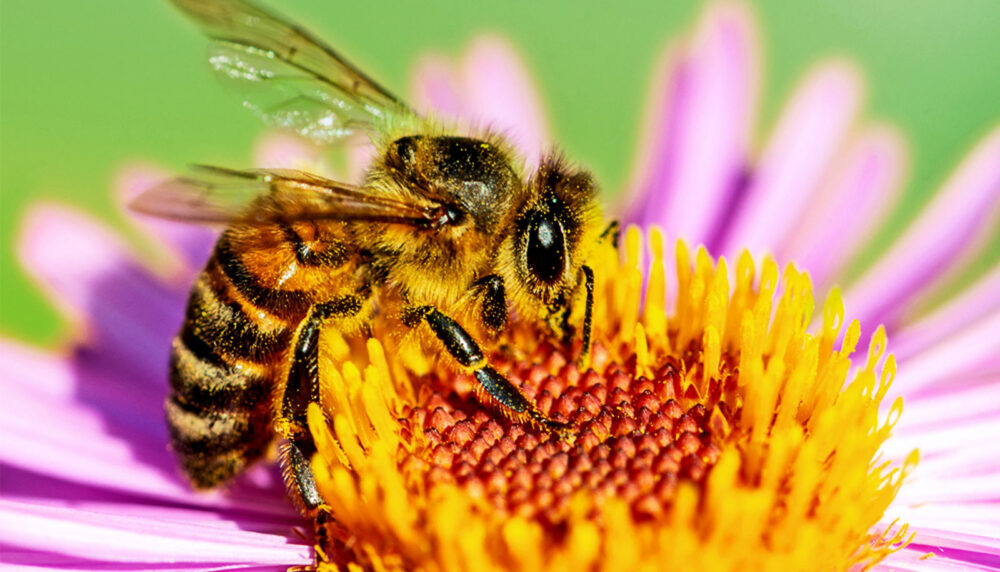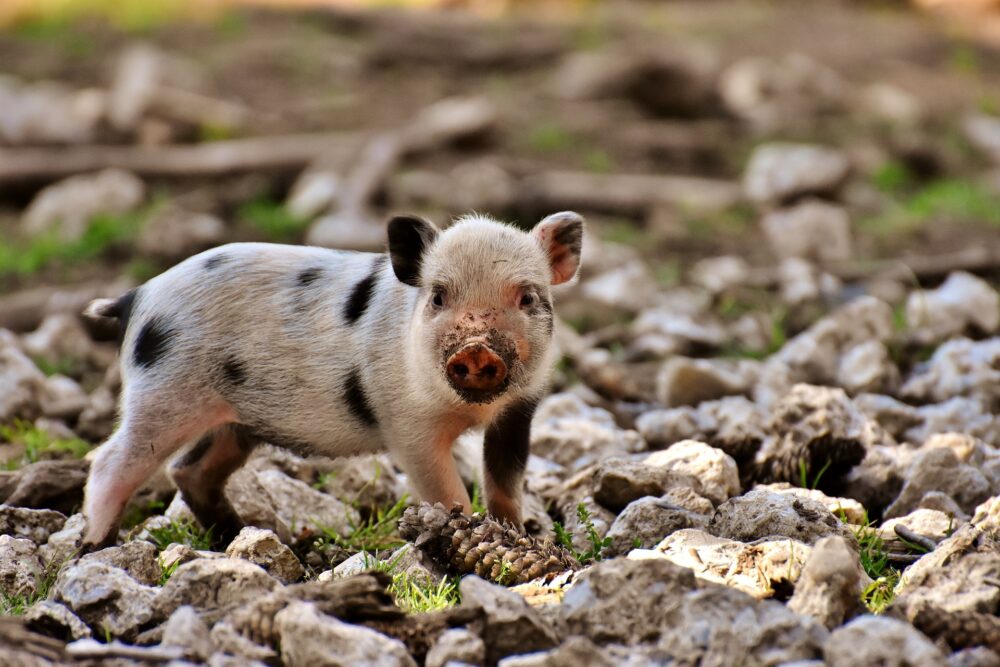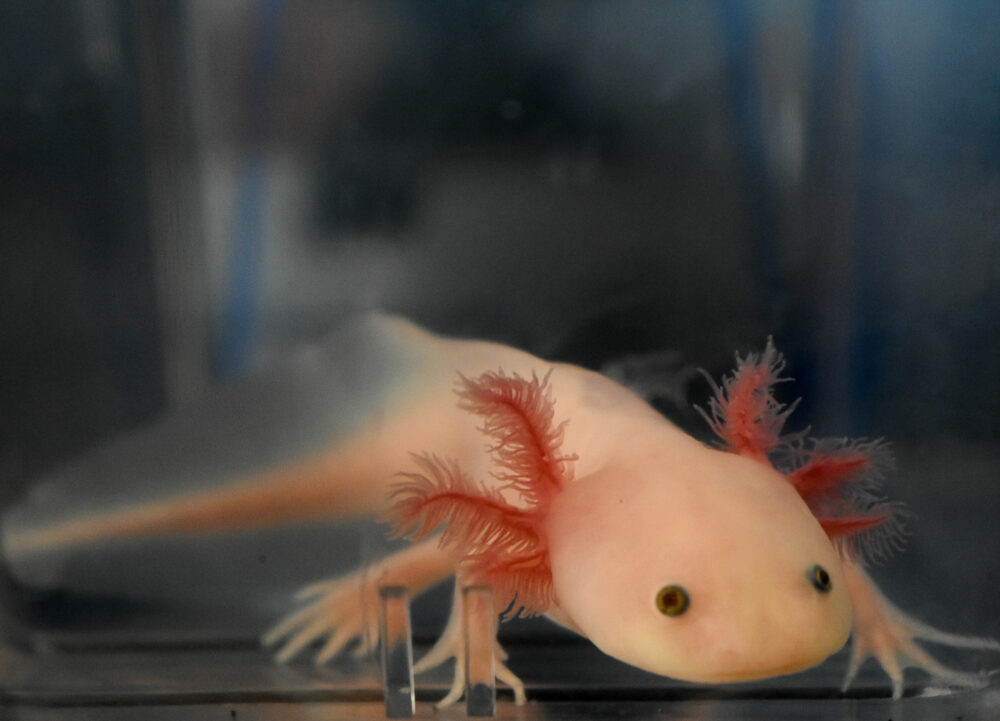Keep it FRESH: Printing the organs of the future
A patient desperately needs a new heart. They might wait several months for a donor organ, which may not be available before their condition worsens. Even if one is received, the body might still reject the transplant and work against the foreign cells introduced. Living with a transplanted organ means taking numerous drugs to prevent […]
Keep it FRESH: Printing the organs of the future Read More »


